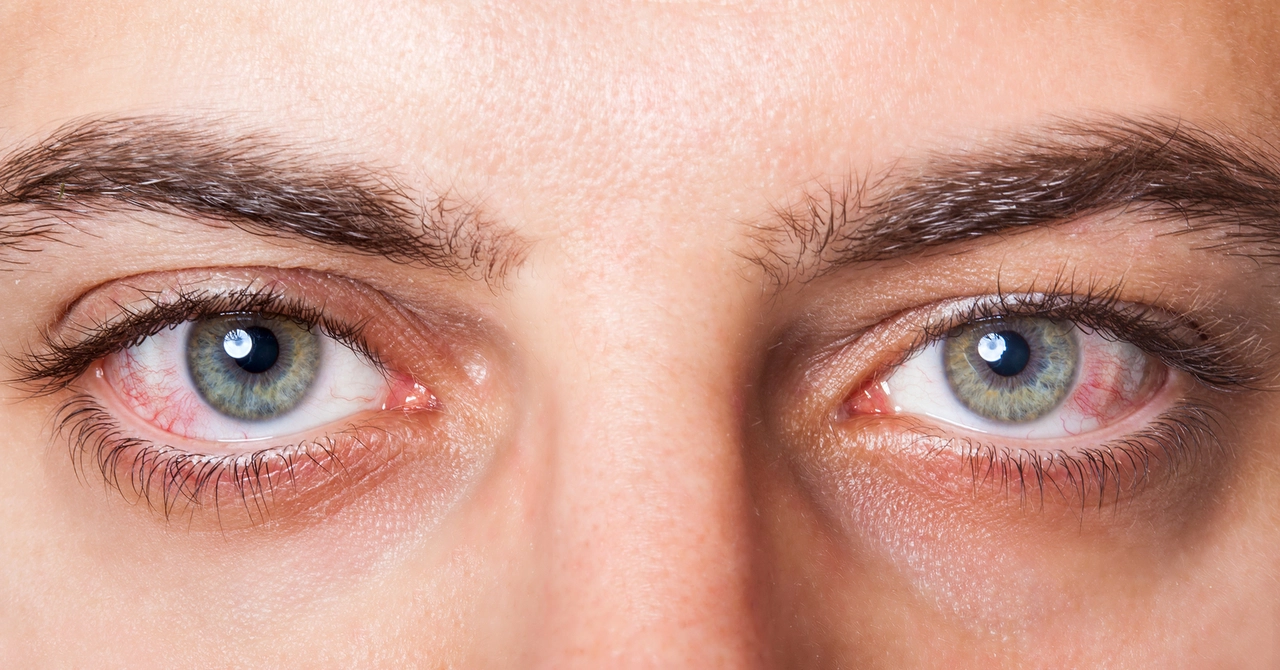Understanding Bacterial Conjunctivitis
Bacterial conjunctivitis, often referred to as pink eye, is a common eye infection caused by bacteria. The condition is characterized by redness, swelling, and discharge from the affected eye. It can be highly contagious, spreading quickly from one person to another, especially in schools and other crowded environments. As someone who has experienced this frustrating condition, I know how important it is to find an effective treatment to relieve the symptoms and prevent the infection from worsening.
In this article, I will discuss the benefits of using chloramphenicol eye drops as an effective treatment for bacterial conjunctivitis. I will also cover the proper way to use the eye drops, their side effects, and precautions to consider before using them.
Chloramphenicol Eye Drops: A Proven Solution
Chloramphenicol eye drops are a widely used and proven treatment for bacterial conjunctivitis. They contain the active ingredient chloramphenicol, which is an antibiotic that works by stopping the growth of bacteria responsible for the infection. This antibiotic is effective against a wide range of bacteria, making it a popular choice for treating this common eye condition.
When I was diagnosed with bacterial conjunctivitis, my doctor prescribed chloramphenicol eye drops to help clear up the infection. Within a few days, I noticed a significant improvement in my symptoms, and the infection was completely gone after a week of using the eye drops as directed.
Proper Usage of Chloramphenicol Eye Drops
Using chloramphenicol eye drops correctly is essential for the medication to be effective in treating bacterial conjunctivitis. First, always wash your hands before applying the eye drops to prevent further contamination. Tilt your head back, and gently pull down your lower eyelid to create a small pocket for the drop. Carefully squeeze the prescribed number of drops into the pocket, and then close your eye for a moment to allow the medication to spread evenly.
It is important to use the eye drops as directed by your healthcare provider, typically every 2 to 6 hours for 7 to 10 days. Do not stop using the medication prematurely, even if your symptoms improve, as this can lead to a recurrence of the infection. Additionally, avoid touching the dropper tip to any surfaces, including your eye, to prevent contamination.
Possible Side Effects of Chloramphenicol Eye Drops
As with any medication, there are potential side effects associated with the use of chloramphenicol eye drops. Common side effects include mild burning or stinging upon application, temporary blurred vision, and increased sensitivity to light. These side effects are generally mild and should subside as your body adjusts to the medication.
However, if you experience severe side effects such as intense eye pain, swelling, or worsening of the infection, contact your healthcare provider immediately. It is essential to report any adverse reactions to your doctor, as they may need to adjust your treatment plan or consider alternative treatments.
Precautions to Consider Before Using Chloramphenicol Eye Drops
Before using chloramphenicol eye drops, it is important to discuss your medical history with your healthcare provider. The medication may not be suitable for individuals with certain conditions, such as liver or kidney problems, or those who are allergic to chloramphenicol or other antibiotics. Pregnant or breastfeeding women should also consult their doctor before using the eye drops, as the medication can be absorbed into the bloodstream and may affect the baby.
Additionally, be sure to inform your healthcare provider of any other medications or supplements you are currently taking, as there may be potential interactions with chloramphenicol eye drops.
Preventing the Spread of Bacterial Conjunctivitis
While chloramphenicol eye drops are an effective treatment for bacterial conjunctivitis, it is also essential to take steps to prevent the spread of the infection. Practice good hygiene by washing your hands frequently, especially before touching your eyes or face. Avoid sharing personal items such as towels, pillows, and eye makeup with others, as this can spread the bacteria.
If you wear contact lenses, refrain from using them until the infection has cleared, and be sure to properly clean and store them to prevent future infections. Finally, if you or your child has bacterial conjunctivitis, stay home from work or school to avoid spreading the infection to others.
Conclusion
Overall, chloramphenicol eye drops are an effective and proven treatment for bacterial conjunctivitis. When used as directed, they can help to quickly alleviate symptoms and clear the infection. However, it is important to discuss any medical conditions, allergies, or medications with your healthcare provider before using the eye drops, and to be aware of potential side effects. By following the proper usage instructions and taking steps to prevent the spread of the infection, you can effectively treat bacterial conjunctivitis and maintain good eye health.




